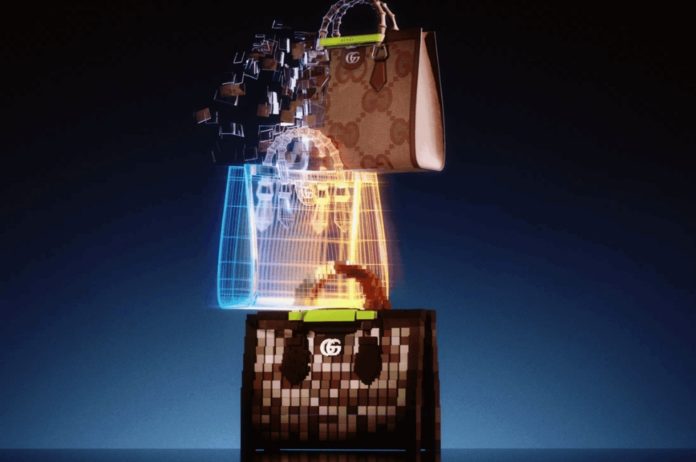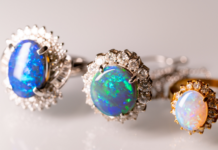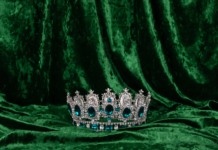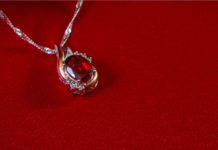Artificial Intelligence (AI) has revolutionized various aspects of the modern world, from online services to complex automation systems. Despite its imperfections, it’s undeniable that AI is progressively enhancing human lives.
In the fashion industry, AI serves not only as a tool for trend analysis and product recommendations but also as an effective weapon against counterfeit and fake goods.
Global Revenue Estimate by Illicit Activities, including counterfeit goods, drug trafficking, human trafficking, cigarette smuggling, wildlife trafficking, gold and diamonds… Unit: billion USD.
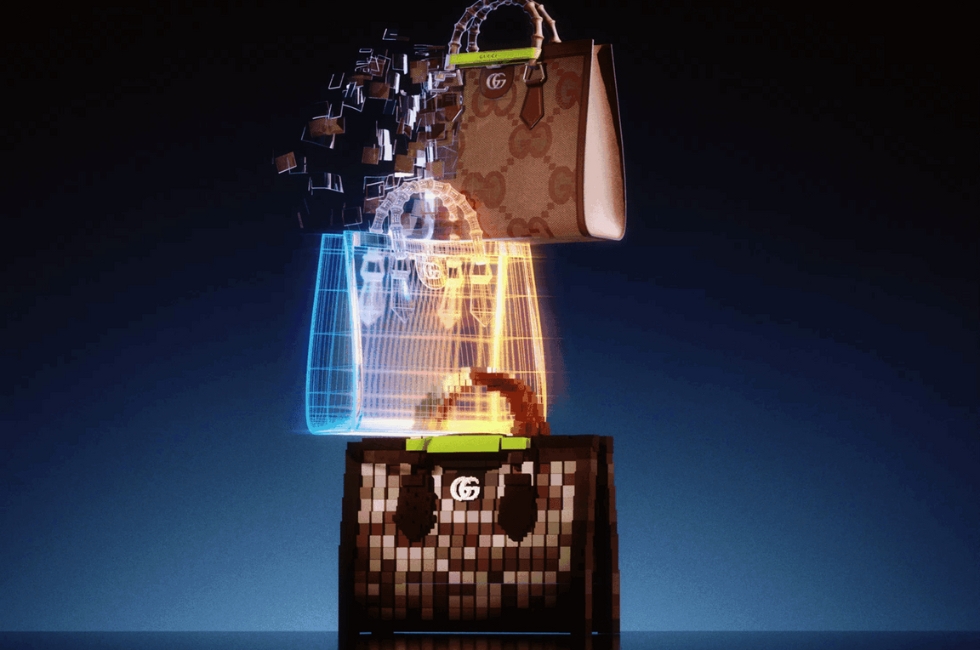
The Proliferation of Counterfeit Goods in the Fashion Market
On a positive note, the global market is becoming interconnected through the Internet. However, on a negative side, this has led to a rapid increase in counterfeit goods.
Anyone can purchase a domain, copy images and content from any store, and then sell counterfeit products across social media and e-commerce platforms – fake bags, fake books, fake medicine, and even fake soy sauce. We may not know the truth even after holding the product in hand.
And if we’re “fortunate” enough to realize due to the lack of sophistication, the process of return or compensation is nearly impossible.
The World Customs Organization (WCO) estimates that about 7-9% of the total global trade value is related to counterfeit goods. This is also one of the most profitable activities.
In 2020, according to the product authentication platform Certilogo, the fashion industry suffered up to 45 billion euros in damages due to counterfeit goods. According to Business of Fashion, with the increasing number of online luxury shoppers, the value of the counterfeit market is expected to reach 2.75 trillion euros in 2023, three times the value in 2013.
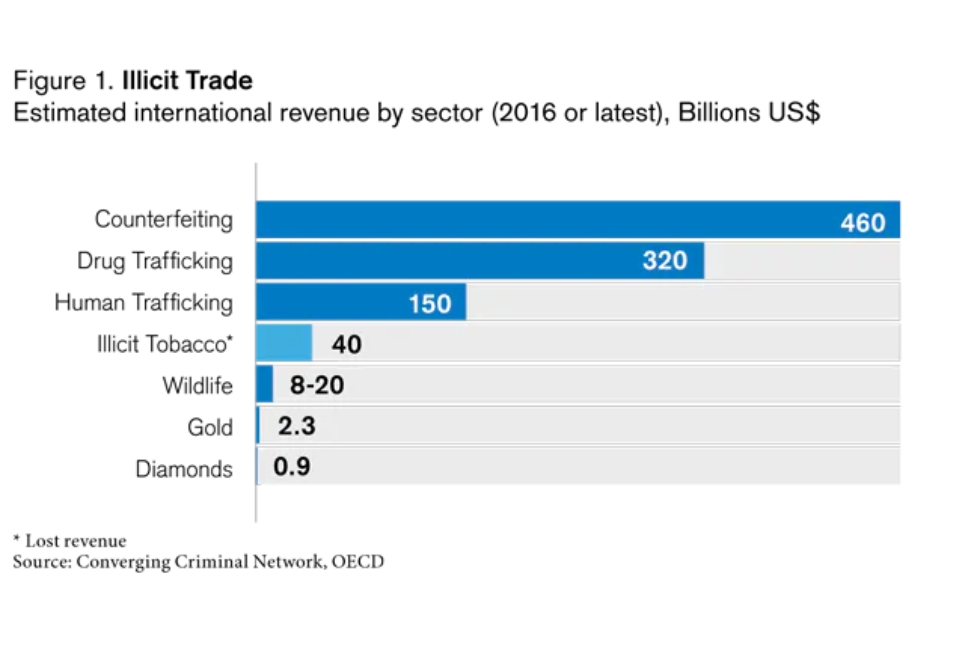
The value of the counterfeit and fake goods market is projected to reach 2.75 trillion euros this year, tripling that of 2013, according to Business of Fashion.
“Straighten the cup, walk a mile”
This saying is particularly fitting to describe the intervention of artificial intelligence in the battle against counterfeit goods. To effectively train and command AI, the quantity and quality of data play a crucial role. Anomalies can be detected in series numbers, order information, and payment details.
Computers also analyze other data such as images, text, and videos to determine the authenticity of products. While the human eye might not spot differences in patterns or clothing designs, algorithms immediately reveal discrepancies between genuine and counterfeit items.
Image recognition software at Burberry utilizes this principle. With just a photo, the software analyzes every detail from fabric weaving to texture – any imperfection is a sign of counterfeit.
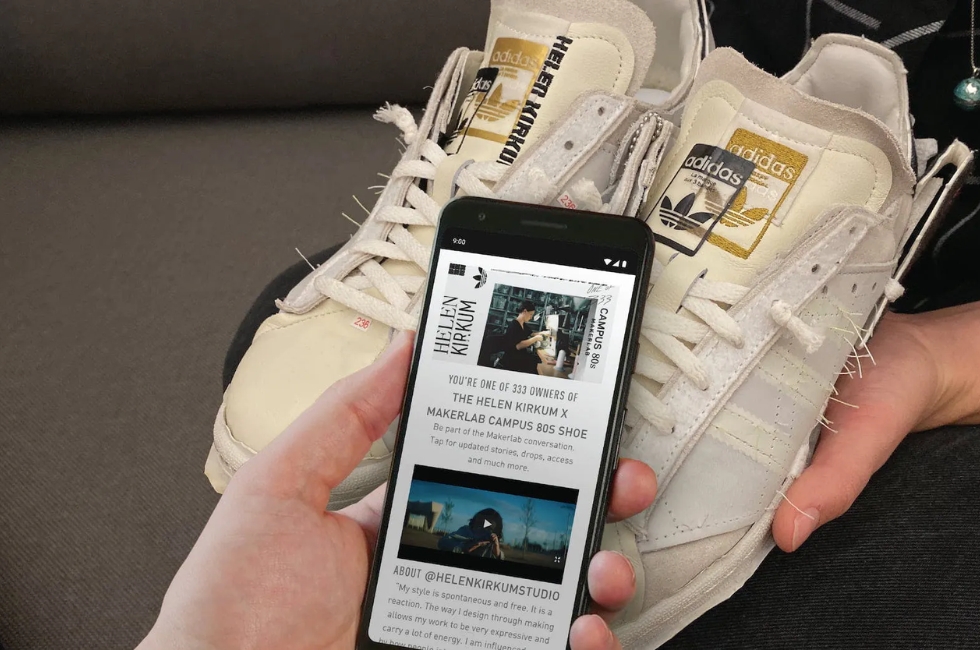
“Smart labels” are also a form of applying AI to fashion commerce. A unique QR code allows product tracking and contains origin information.
Dupe Killer
Jimmy Choo employs Dupe Killer, a software developed by Deloitte. The luxury brand Patou from the LVMH group introduced an authentication system named Authentique Verify, enabling customers to scan a digitally created fingerprint seal on the product to verify its authenticity.
Additionally, since counterfeit goods often come from online shopping sites, fashion houses like Louis Vuitton are using AI to enhance the online customer experience – something that counterfeiters find challenging to replicate.
By deploying a chatbot assistant tailored to each customer’s needs, brands aim to create a personalized shopping experience, from suggesting suitable products to providing information about the Louis Vuitton “universe,” and allowing customers to share products on social media and receive advice from friends.
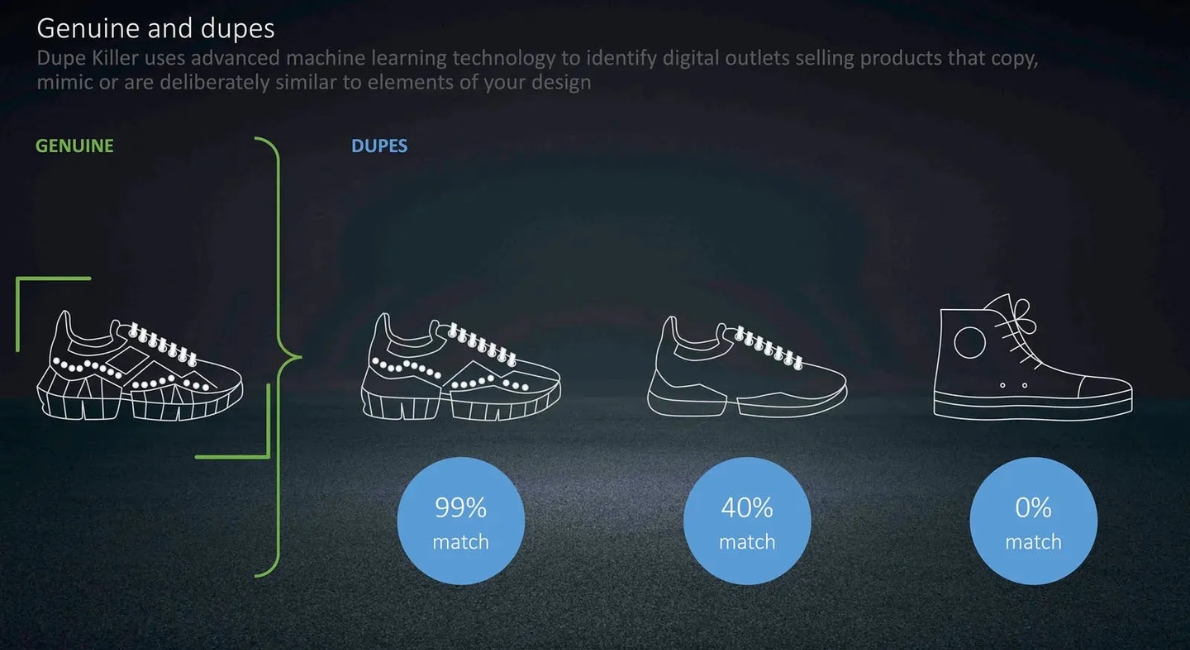
With the powerful tool of AI, the next steps depend entirely on the brand’s intentions. Some are preparing to take legal action against counterfeiters for maximum benefit. Others are waiting to gauge the trend and scale of the issue.
If you’re assertive and well-funded, you can sue everyone and clean up the market. Decisions vary based on potential hidden damages, brand exclusivity, sales impact, litigation costs, the likelihood of winning, and other potential losses.
AI has contributed significantly to the detection of counterfeit goods and the resolution of intellectual property disputes. Brands are increasingly concerned about these issues, as investing heavily in marketing and social media without controlling these violations results in the loss of investments and customers.
While many fear whether AI will replace their roles, at least for the fashion industry grappling with counterfeits, the role of artificial intelligence seems to have a positive impact.
Conclusion
In the battle against counterfeit goods, Artificial Intelligence emerges as a powerful ally for the fashion industry. Its ability to analyze data, detect anomalies, and verify authenticity has proven instrumental in curbing the proliferation of fake products.
As brands harness AI’s potential, they not only safeguard their intellectual property but also enhance customer experiences through personalized interactions. With AI’s ongoing advancements, the fight against counterfeiting enters a new era, where technology stands as a beacon of hope, ensuring the integrity of the fashion market and strengthening consumer trust.
Read more: Top 7 New AI Apps to be Released in 2023






